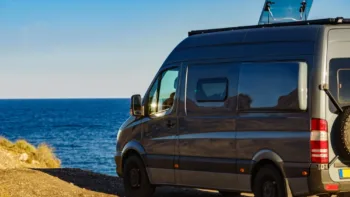
The cost of living in the U.S. continues to soar, leaving many struggling to afford rent or mortgages. As a result, an increasing number of low-income Americans, including those on government assistance, are turning to “van life” as an alternative way to survive financially. While some embrace this lifestyle for freedom, others see it as a last resort due to economic hardship.
Why More People Are Choosing Mobile Living
Several factors contribute to the rise of van living among those receiving government assistance:
- High Rent Prices – Many cities have seen rent increases that far exceed income growth.
- Remote Work & Gig Economy – More jobs allow people to work from anywhere, reducing the need for a fixed address.
- Government Benefits Still Apply – SNAP benefits, Medicaid, and even some housing vouchers can still be used while living in a vehicle.
- Minimal Living Expenses – Living in a van eliminates rent and utility bills, making limited income stretch further.
Challenges & Controversies
While van life offers financial relief, it comes with challenges:
- Legal Restrictions – Many cities ban overnight parking in public areas.
- Access to Basic Needs – Finding showers, bathrooms, and reliable Wi-Fi can be difficult.
- Safety Concerns – Living in a vehicle can make individuals vulnerable to crime.
What’s Next?
With homelessness rising, lawmakers are considering policies to address this new wave of nomadic living. Some cities are experimenting with safe parking programs that allow vehicle dwellers to park overnight legally. Others are discussing universal housing assistance to help keep people in traditional homes.
The debate continues: Is van life a symbol of freedom or a sign of a broken system?



